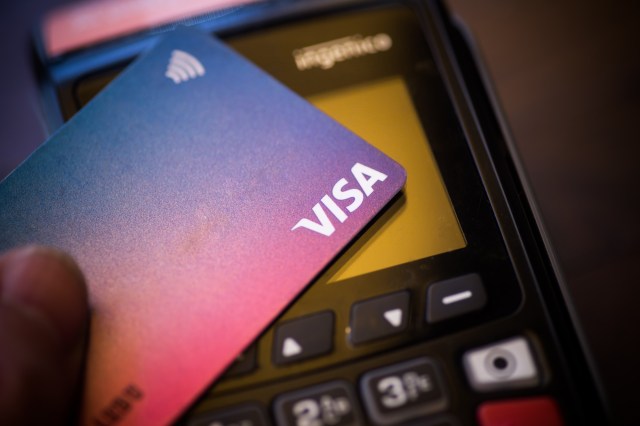Technology is continuously developing in the fast-paced world of today, and this is particularly true with regard to payment methods. Contactless credit cards are one such invention that has completely rocked the banking sector. We will explore in this post what contactless credit cards are, their operation, advantages, and possible drawbacks.

To facilitate rapid and easy transactions, contactless credit cards use radio frequency identification (RFID) technology. A contactless credit card generates radio waves that power an NFC-enabled terminal and create a link between the two devices when it is held close to such terminal. In a matter of seconds, the card and the terminal safely trade the required transaction information.
Contactless credit cards have one main benefit in speed and simplicity. Contactless payments provide a quick substitute that drastically lowers transaction times while conventional payment systems call for swiping or card insertion into a machine. In crowded places like public transportation networks or retail outlets where quick transactions are essential, this can especially help. Improved security comes from contactless credit cards as well. Contactless cards use sophisticated encryption methods for safe data transmission, unlike conventional magnetic stripe cards which may be simply skimmed or duplicated. Most purchases made with these cards also call for biometric confirmation—that is, fingerprint recognition—or PIN code authentication.
Although contactless credit cards have many benefits, consumers should be informed about some possible issues. Unauthorized transaction risk raises one issue. Contactless payments eliminate the need for a physical card insertion or PIN entry, so someone may make a transaction only carrying their own NFC-activated device next to your card without your knowledge. Still, most financial institutions have put policies in place to guard against such dishonest behavior, including transaction restrictions and extra authentication for high-value purchases. The constrained availability of NFC-enabled payment terminals raises still another issue. Although contactless credit cards are becoming more and more common, not all companies and stores have changed their payment systems to let these transactions be accepted. Before trying a contactless payment, consumers must first find the contactless icon on payment terminals.
Providing speed, convenience, and improved security, contactless credit cards have transformed payment methods. Both consumers and companies are starting to find these cards rather attractive as they enable speedy transactions and guard against fraud. Further developments in payment systems as technology develops will help to influence financial transactions going forward. This work was produced using a huge language model; some of the selected material has been checked and corrected for readability.